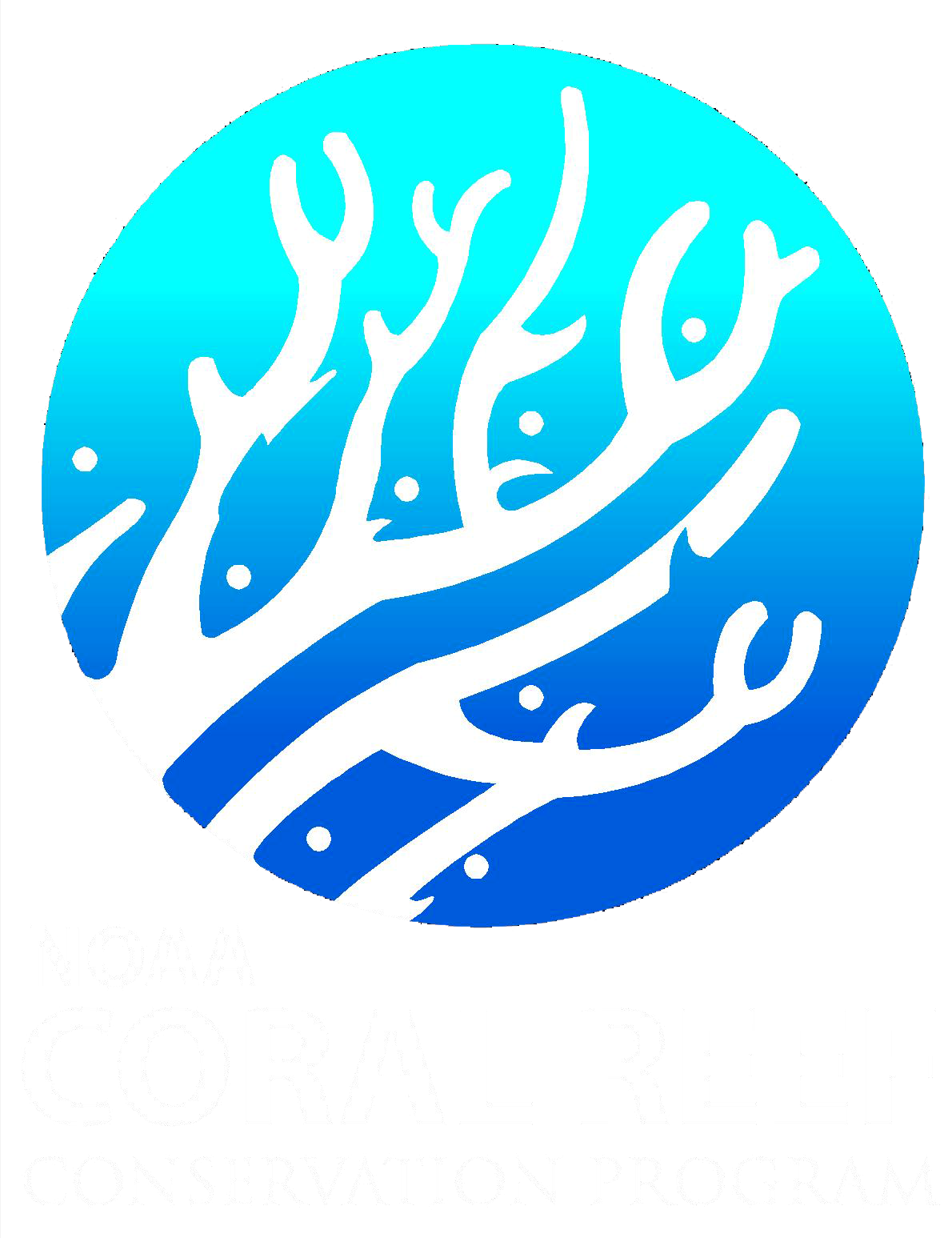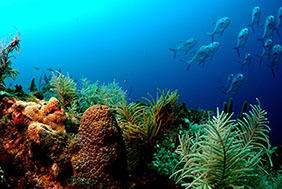-
Home
-
Data & Publications
-
Regional Portals
- About Regional Portals
- Florida
- Navassa Island
- Puerto Rico
- Flower Garden Banks
- U.S. Virgin Islands
- American Samoa
- Commonwealth of the Northern Mariana Islands
- Federated States of Micronesia
- Guam
- Main Hawaiian Islands
- Republic of the Marshall Islands
- Northwestern Hawaiian Islands
- Republic of Palau
- Pacific Remote Island Areas
-
CRCP Activities
- Glossary
American Samoa Watershed and Coastal Uses Mapping Project
Utulei - Faga'alu - Fatumafuti

The American Samoa Watershed and Coastal Uses Mapping project developed cartographic products derived from participatory mapping conducted in Utulei - Faga’alu, and Fatumafuti, American Samoa in January 2014. These are based on information gathered through participatory mapping workshops held in each village, where participatory GIS methods were used to generate spatial data on coastal and watershed uses and characteristics. The project is intended to fill a critical information gap regarding human activities and issues relating to water quality in these coastal watersheds, which include a NOAA Coral Reef Conservation Program priority watershed site, in order to better inform planning and management activities.
This effort was undertaken as a collaboration between federal and jurisdictional agencies including NOAA’s Pacific Islands Regional Office (PIRO), American Samoa’s Department of Commerce Coastal Management Program (ASCMP), the American Samoa Department of Marine and Wildlife Resources (DMWR) and American Samoa Environmental Protection Agency (ASEPA). Primary funding for the project is from NOAA’s Coral Reef Conservation Program.
A total of 51 workshop participants were involved from the three villages over the course of three days. Participants were village residents recruited by village leaders based on their expertise in the various human uses and activities occurring in this region. Representatives were present from core Samoan groups, including matai leaders, women, and young men (aumaga).
Targeted Uses
Watershed-related issues (detailed in the following maps), as well as the locations of critical fishing areas and eight specific types of fishing were mapped in the villages. The priority topics for mapping were determined and defined with assistance from local stakeholders and resource managers.
Maps
Data compiled during the workshop were processed to create maps documenting the spatial extent of watershed related issues and coastal use patterns as drawn by the participants in the village participatory mapping exercises. After initial data processing was completed, draft maps were presented back to village representatives in October, 2014 to review and provide feedback for final revisions. The following maps show the final patterns for watershed issues and fishing activities, as well as a compilation of the supplemental data provided by participants throughout the mapping process. Watershed issues are compiled together on individual maps for each village. Fishing activities are represented on individual maps for each type of fishing occurring in the 3-village region.
Final Map Products
- Watershed and Coastal Mapping Mapbook: Utulei - Faga'alu - Fatumafuti (pdf, 10.7 MB)
- Coastal Fishing Data Map (pdf, 6.4 MB)
GIS Data
- Watershed and Coastal Uses Data (ESRI Geodatabase, 126 KB)
For more information regarding the American Samoa Watershed and Coastal Uses Mapping project or process, contact:
Arielle Levine
Regional Social Scientist
NOAA Coral Reef Conservation Program
Arielle.Levine@noaa.gov
Christin Reynolds
Regional Manager
One World One Water
globalwater@gmail.com


